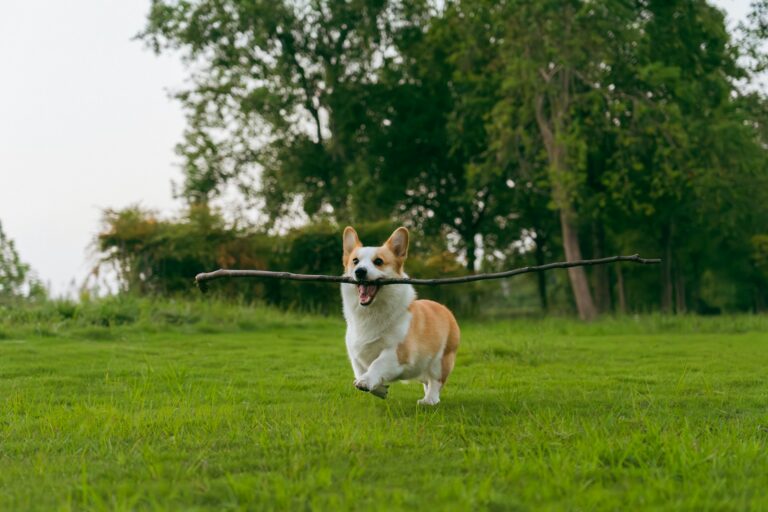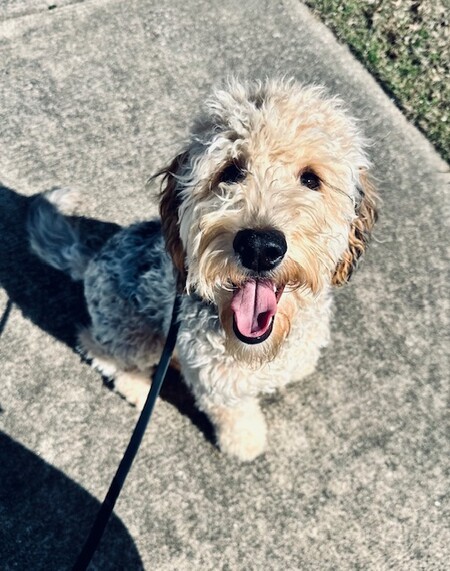Understanding Resource Guarding in Dogs: Recognition and Response
Resource guarding is a common behavioral issue in dogs, where they protect certain items or spaces they consider valuable. This can include food, toys, treats, owner, or even their resting area. Understanding and recognizing the signs of resource guarding is crucial for maintaining a harmonious household and ensuring your dog feels safe.
Signs of Resource Guarding
1. Body Language: Watch for stiff body posture, raised hackles, or a fixed gaze when your dog is near their resource. These signals indicate that your dog may feel threatened.
2. Vocalizations: Growling is a primary indicator of resource guarding. While growling is often seen as a warning, it’s essential to pay attention and not punish your dog for this behavior. Instead, use it as a cue to address the issue.
3. Physical Reactions: If your dog snaps, bites, or lunges when someone approaches their food or toys, it’s a clear sign of guarding behavior. This aggression can escalate if not addressed properly.
4. Protective Behavior: Dogs may exhibit behaviors such as standing over their food or toys, moving away from people, or blocking access to their valued items.
Causes of Resource Guarding
Resource guarding can stem from various factors, including past experiences, lack of socialization, or anxiety. Dogs that have experienced food scarcity or neglect may be more prone to guarding behaviors.
Addressing Resource Guarding
1. Avoid Punishment: Punishing a dog for resource guarding can increase anxiety and worsen the behavior. Instead, focus on positive reinforcement.
2. Desensitization: Gradually desensitize your dog to the presence of people near their resources. Start by standing at a distance while they eat, then slowly decrease the distance over time.
3. Trade-Up Game: Teach your dog that giving up their resource can lead to something better. Use high-value treats to encourage them to relinquish items voluntarily.
4. Professional Help: If resource guarding is severe or you’re unsure how to proceed, consulting a professional dog trainer or behaviorist can provide tailored strategies and support.
Conclusion
Recognizing and addressing resource guarding is essential for fostering a positive environment for both you and your dog. By understanding the signs and implementing effective strategies, you can help your dog feel more secure and less threatened, leading to a happier and healthier relationship. Always remember, patience and consistency are key in addressing this behavior.







